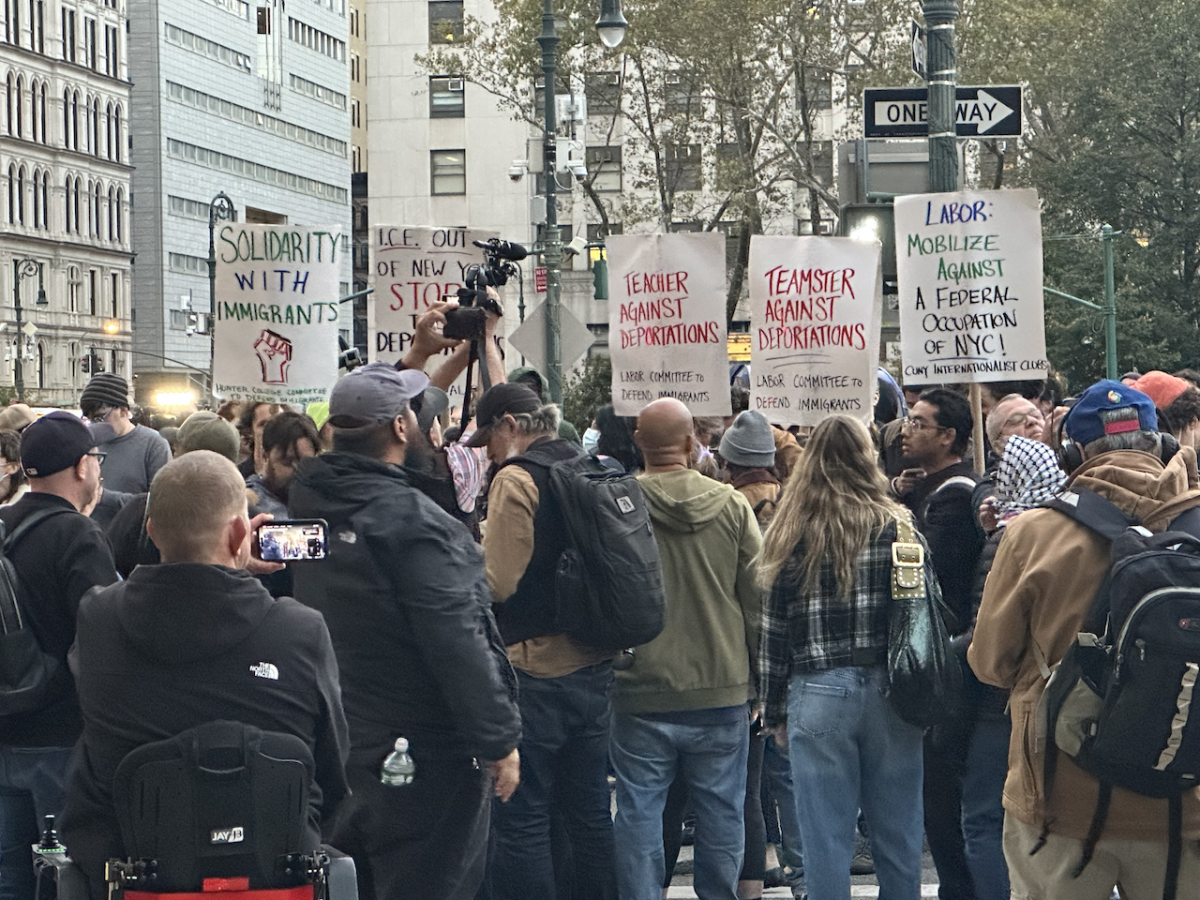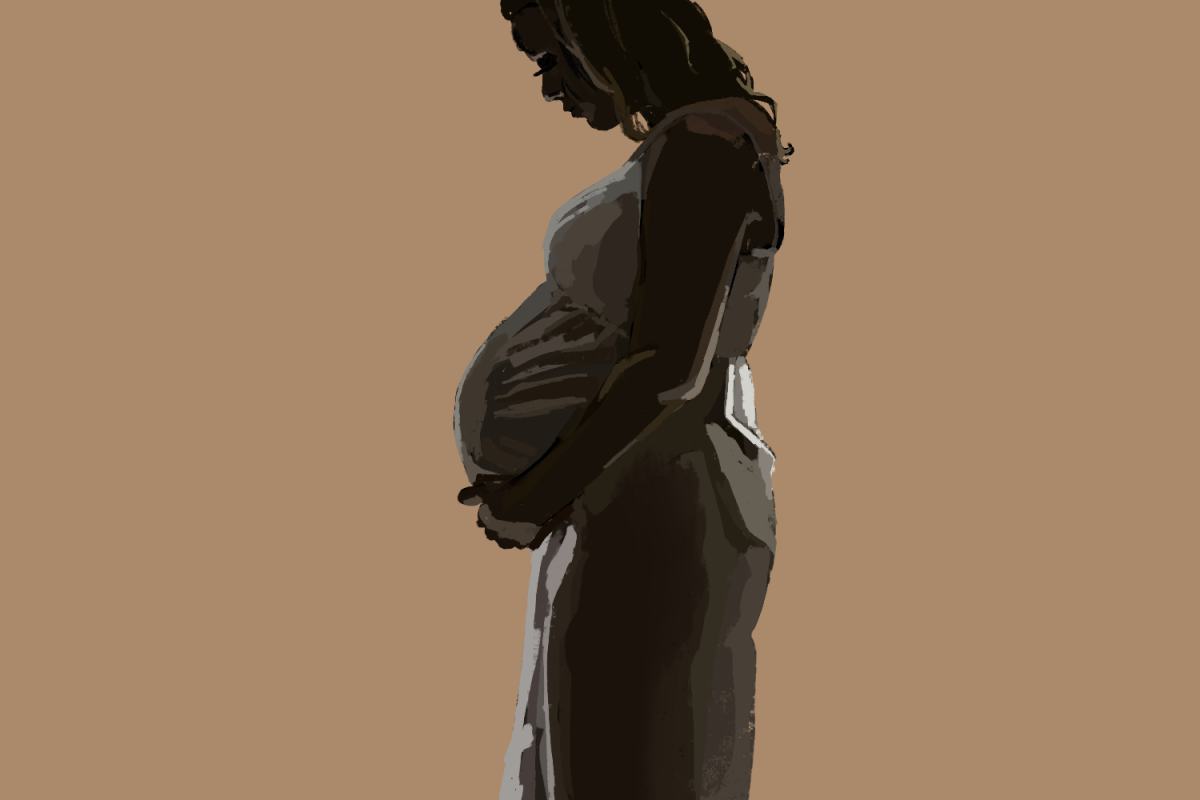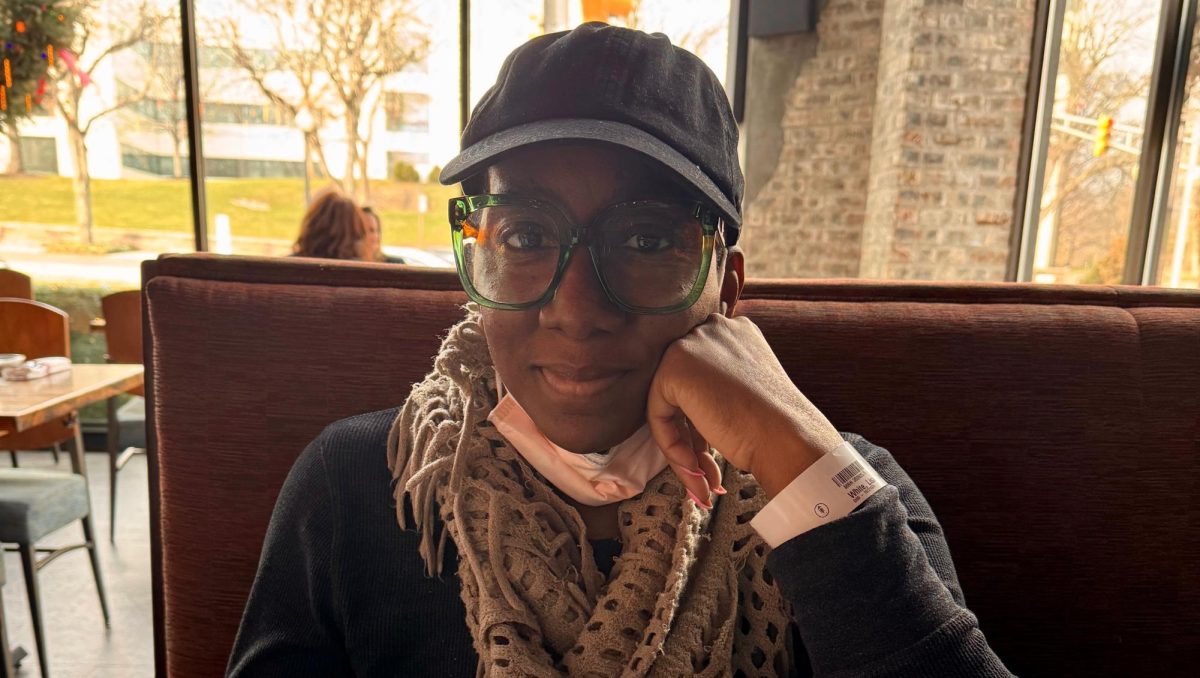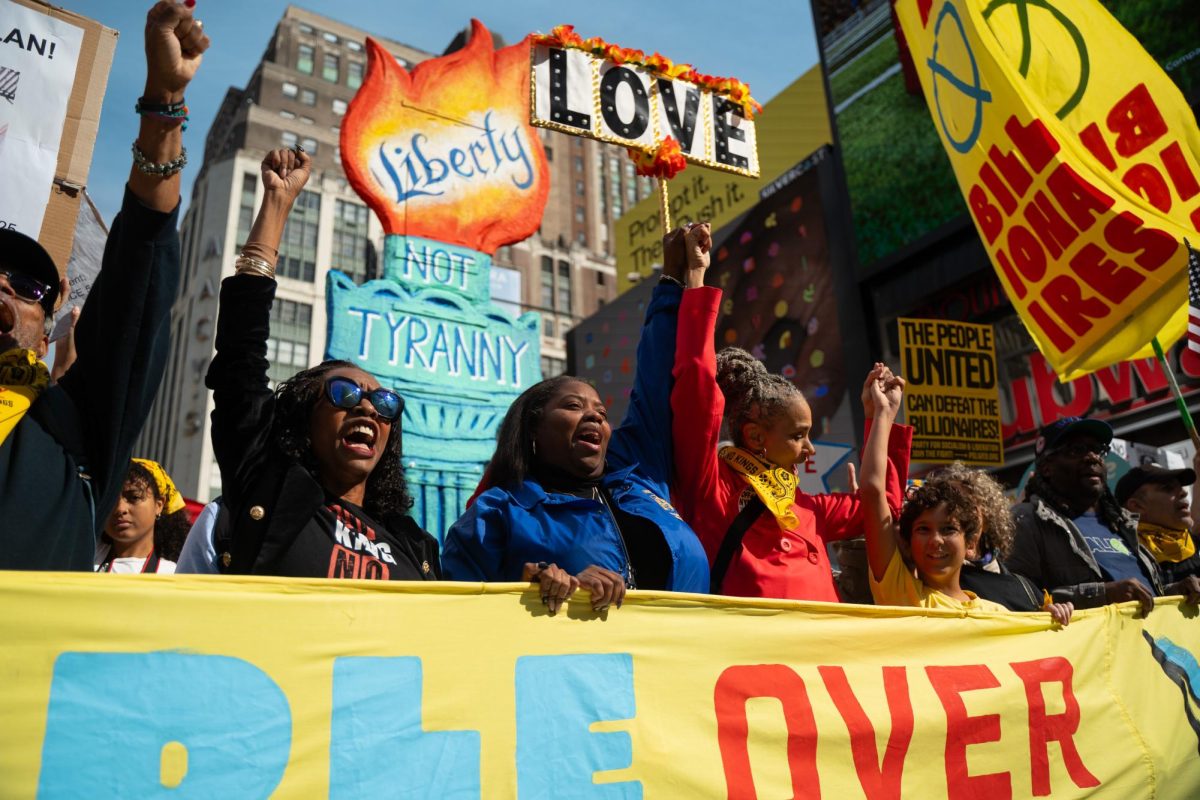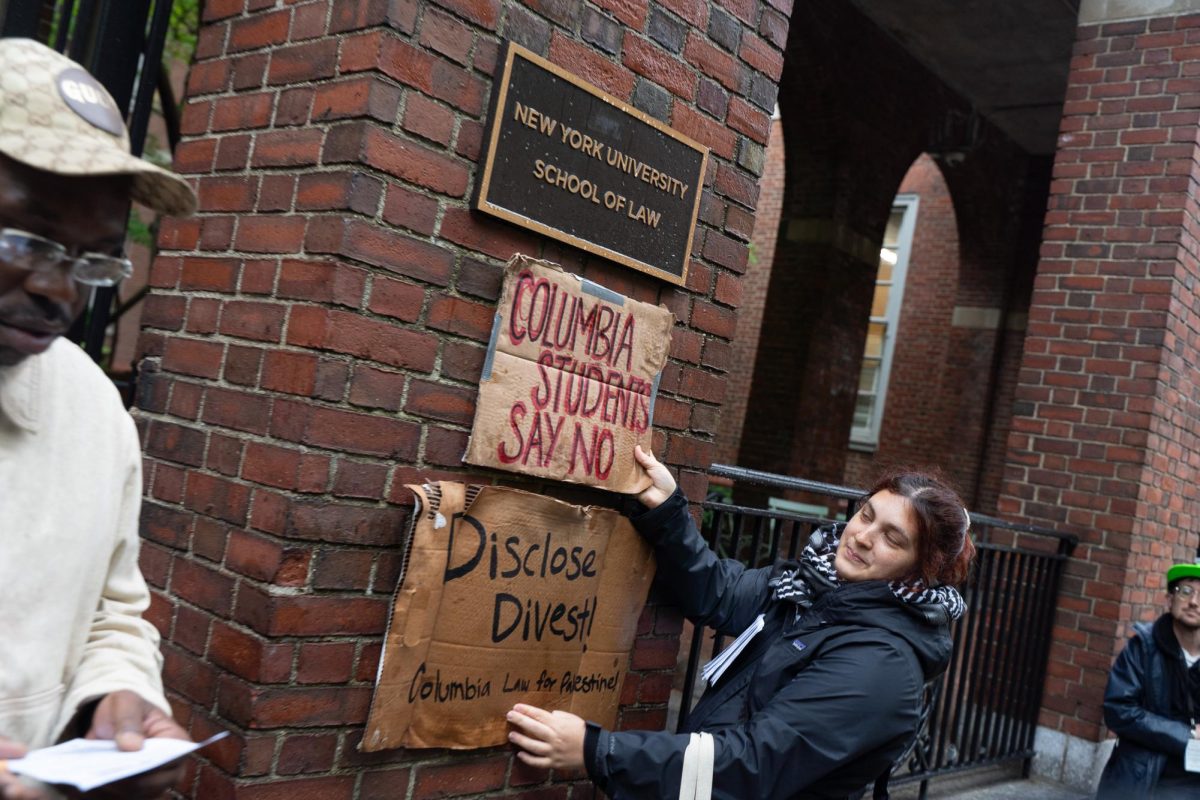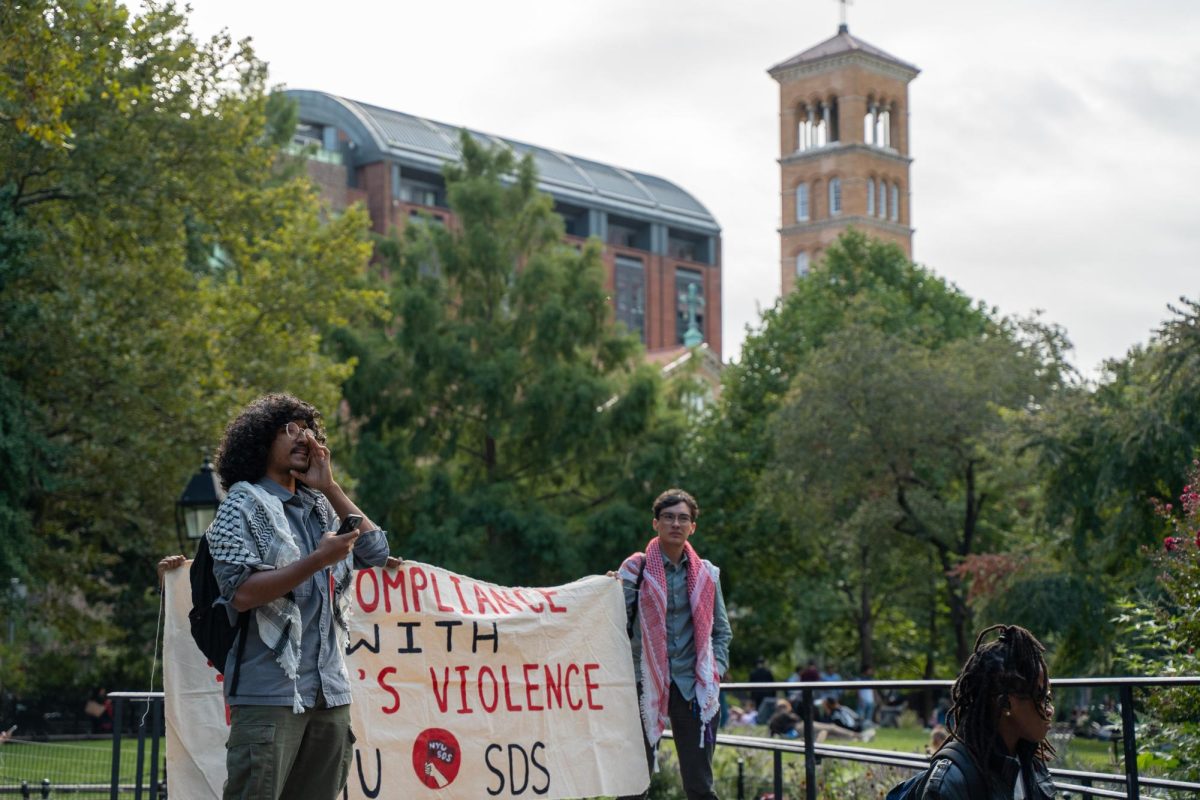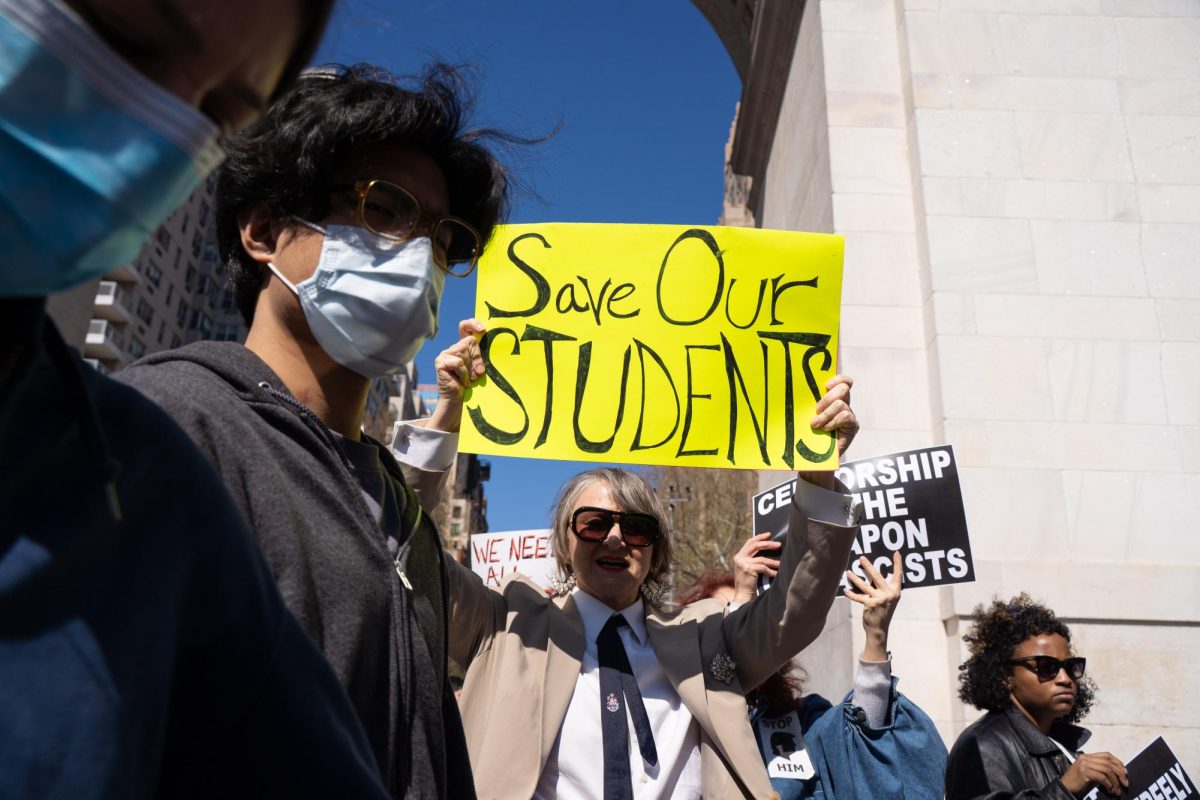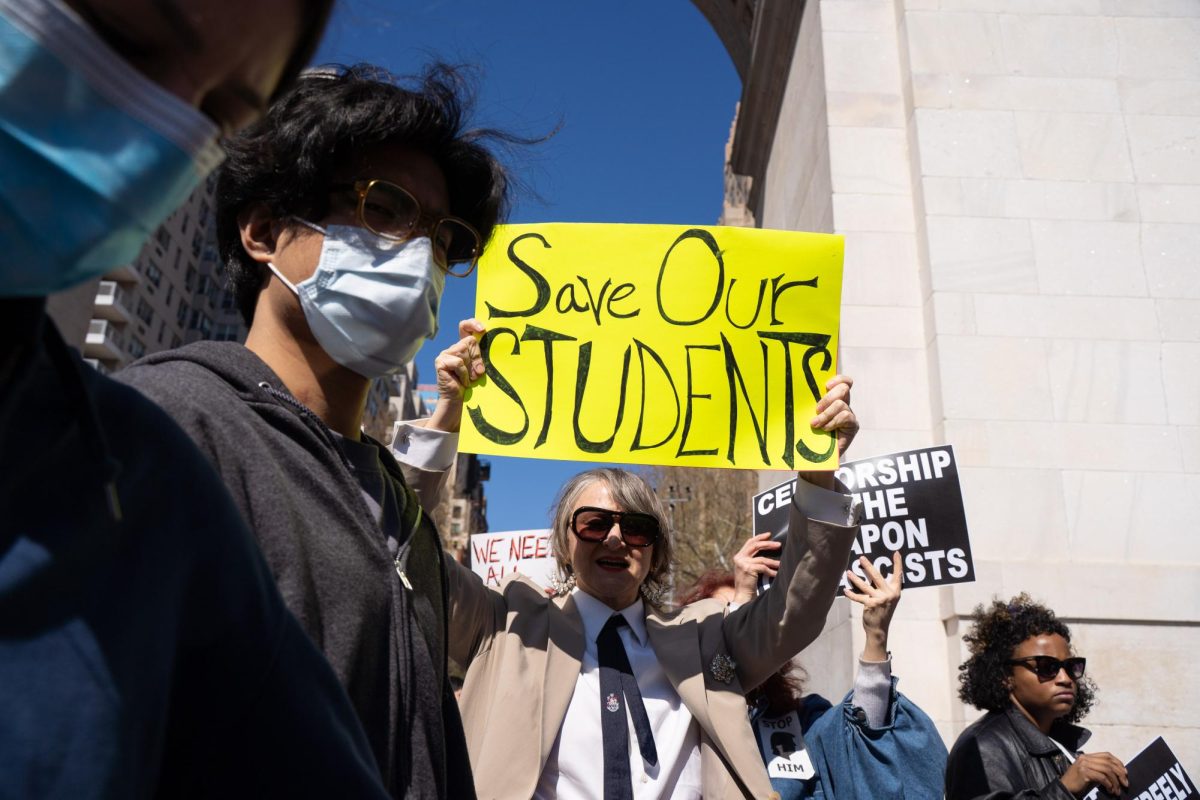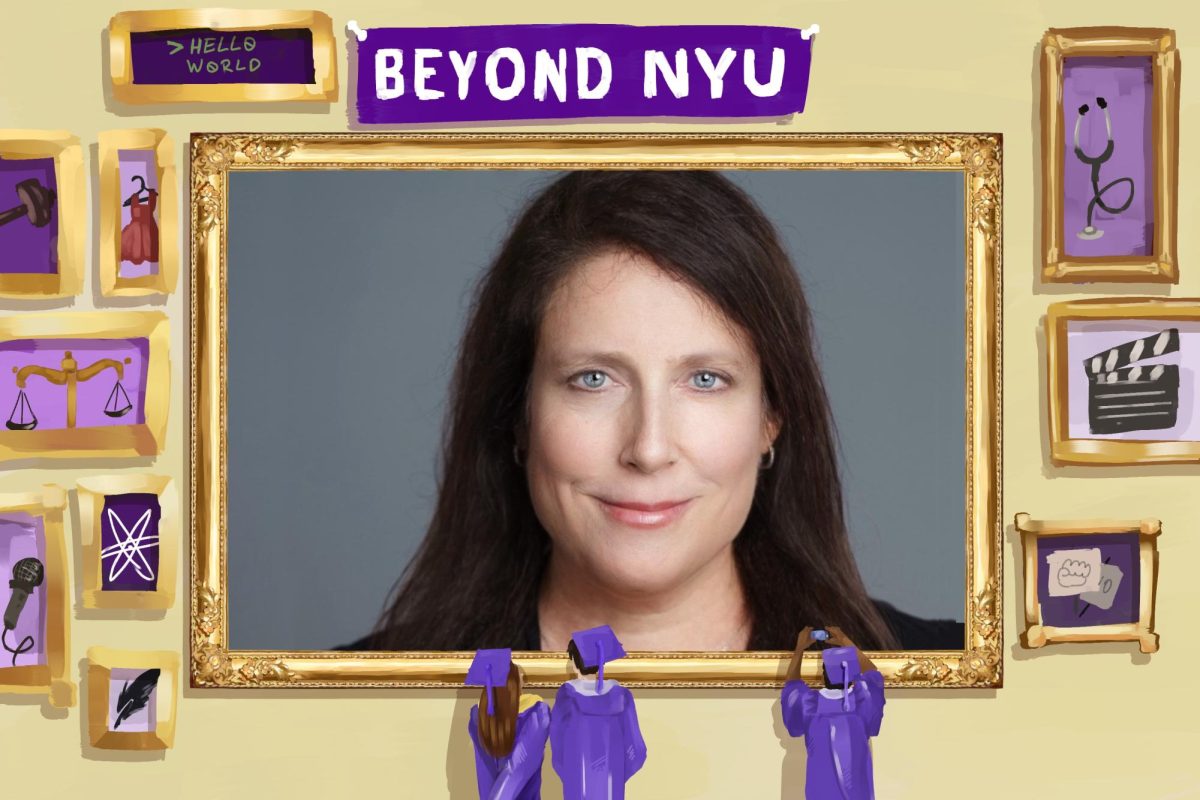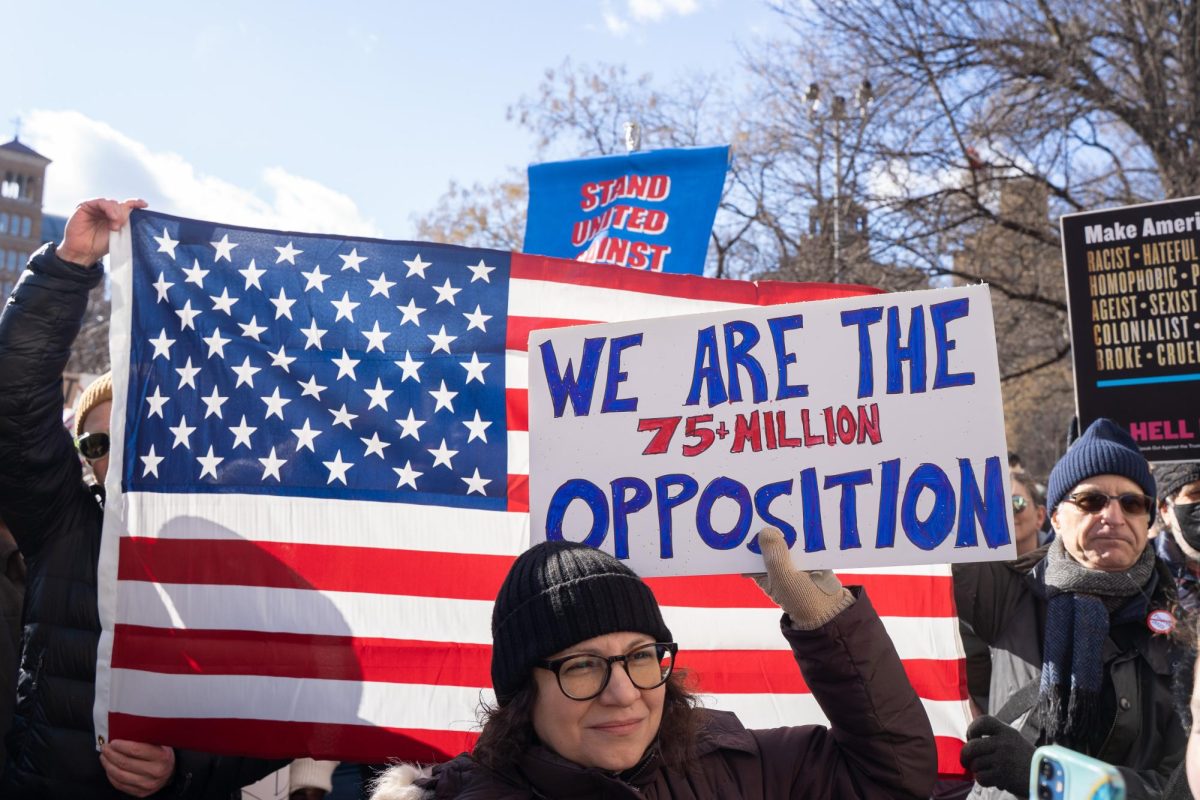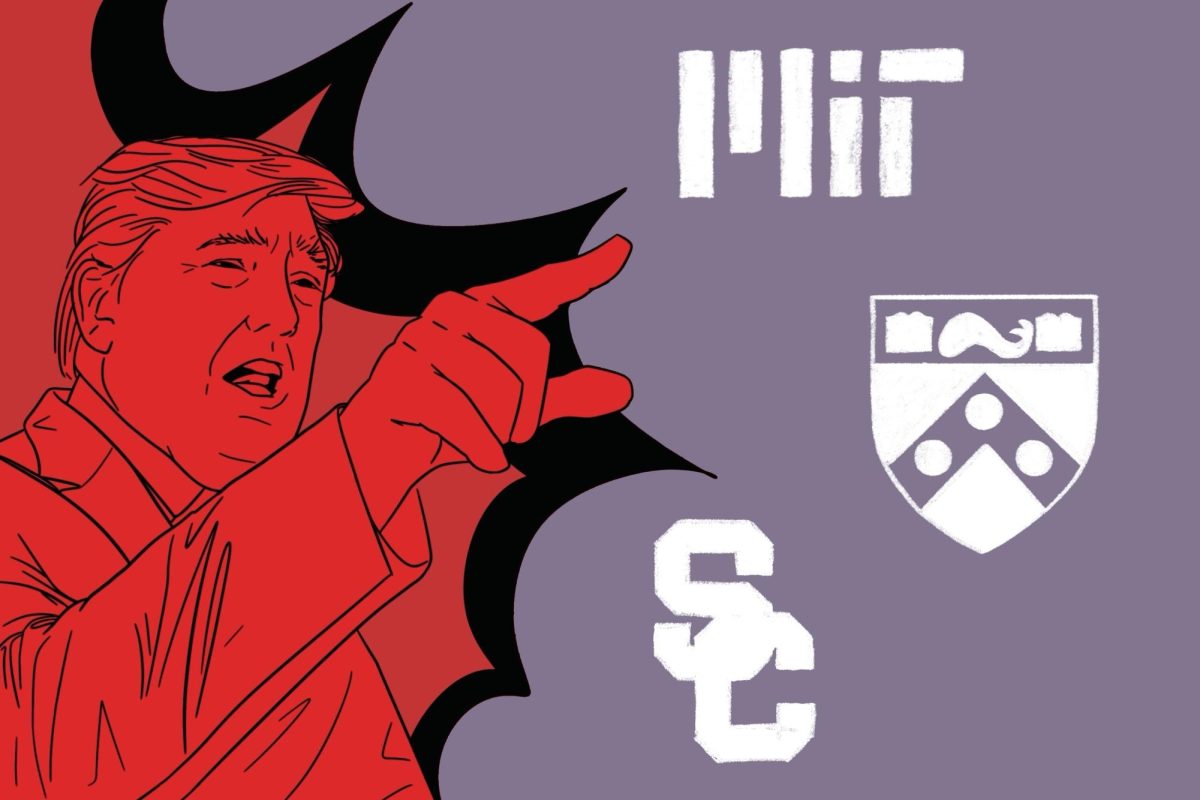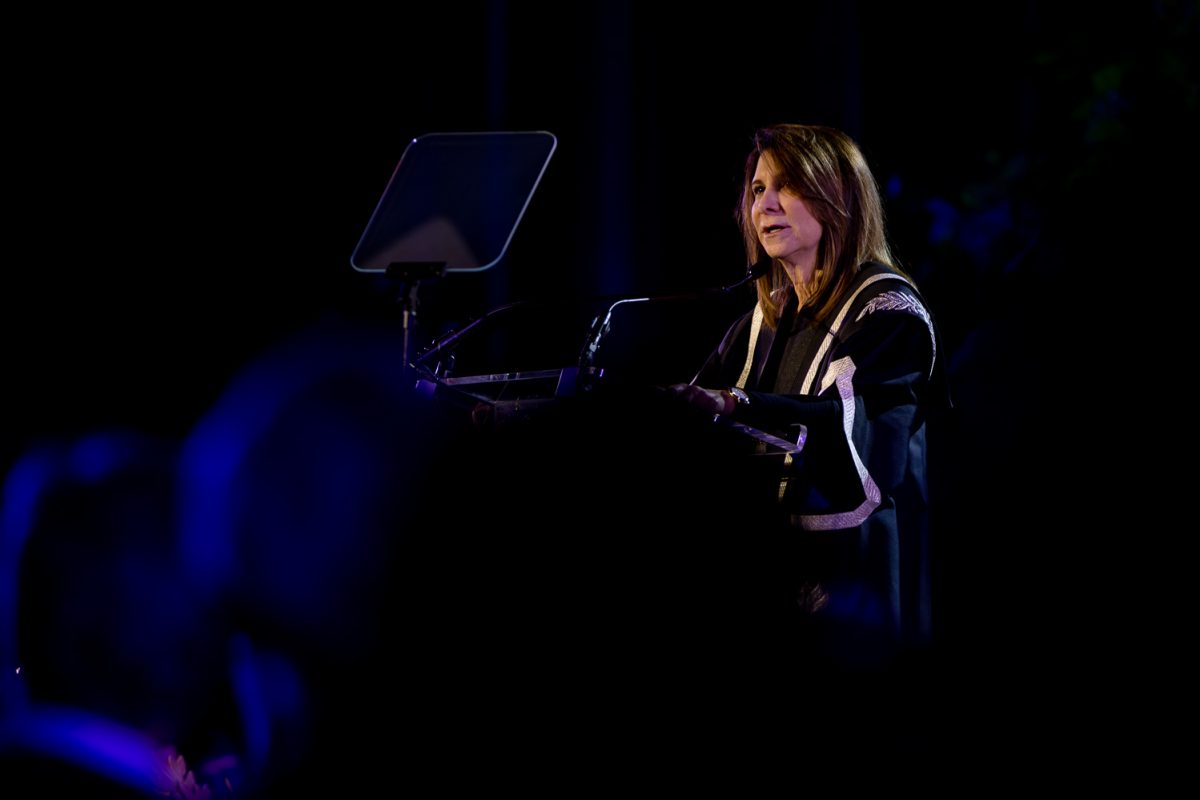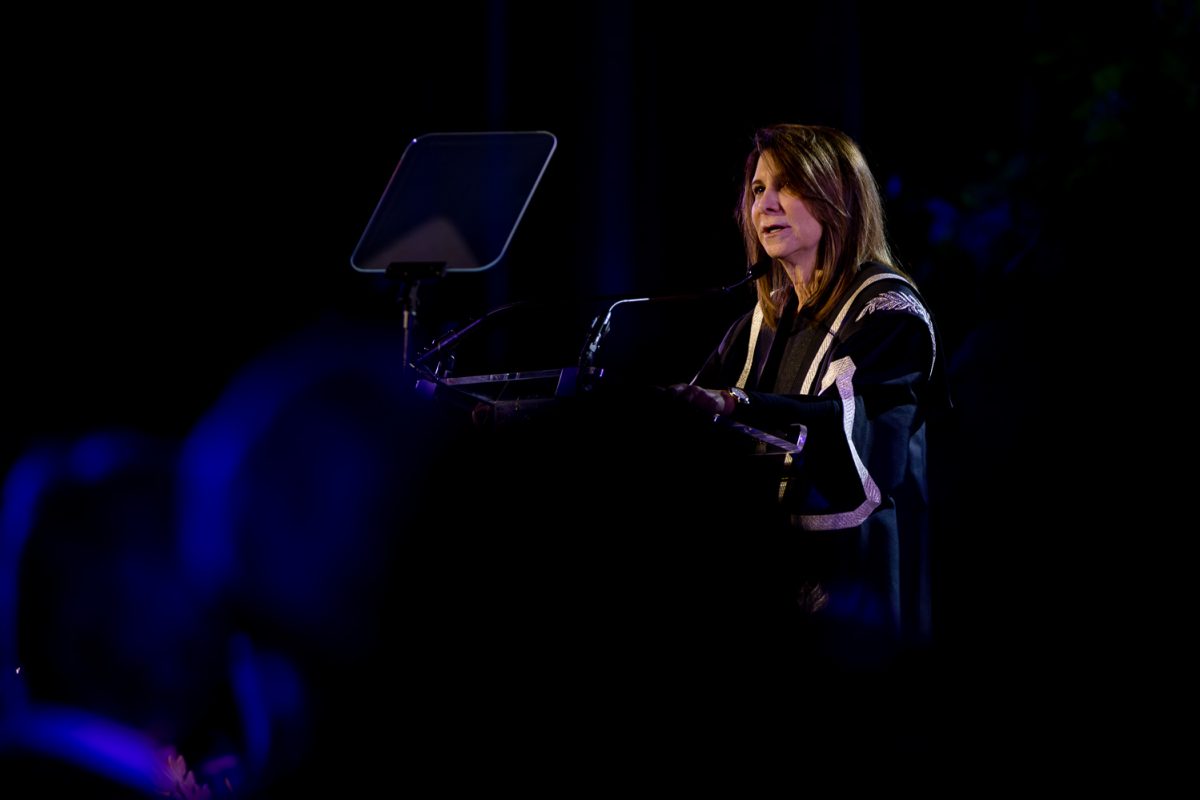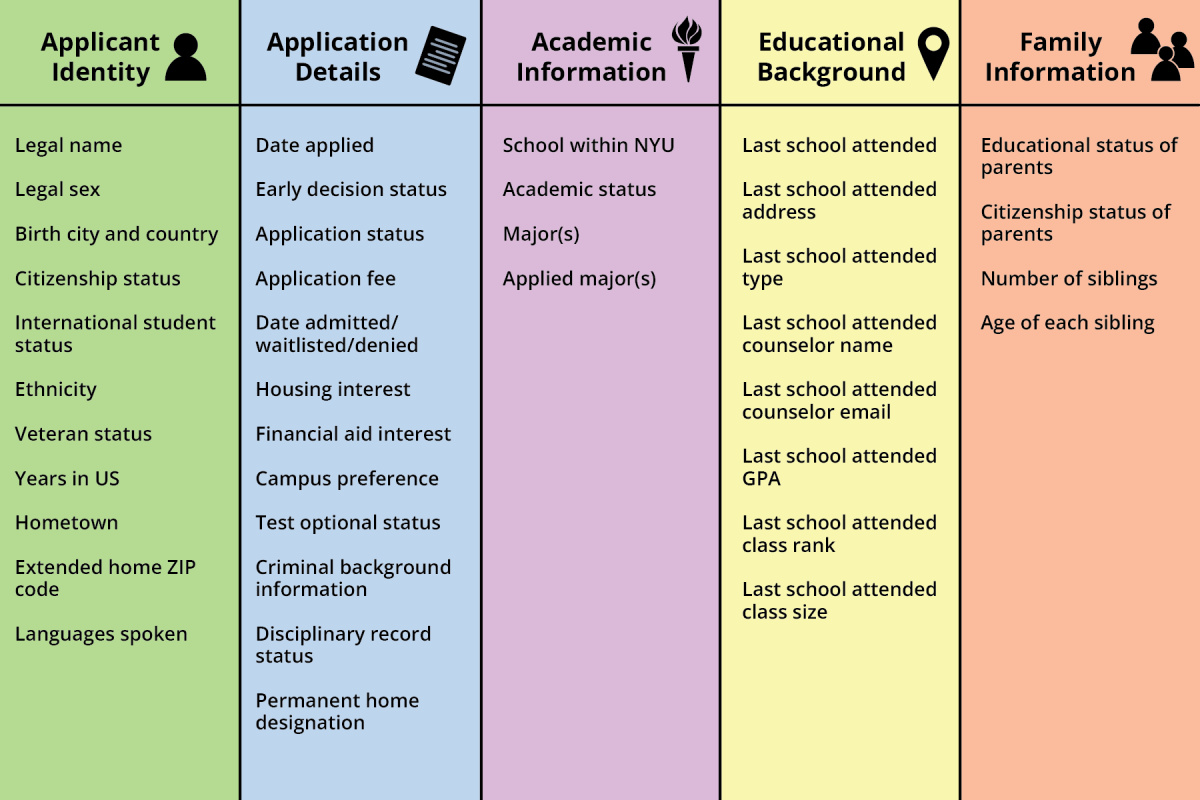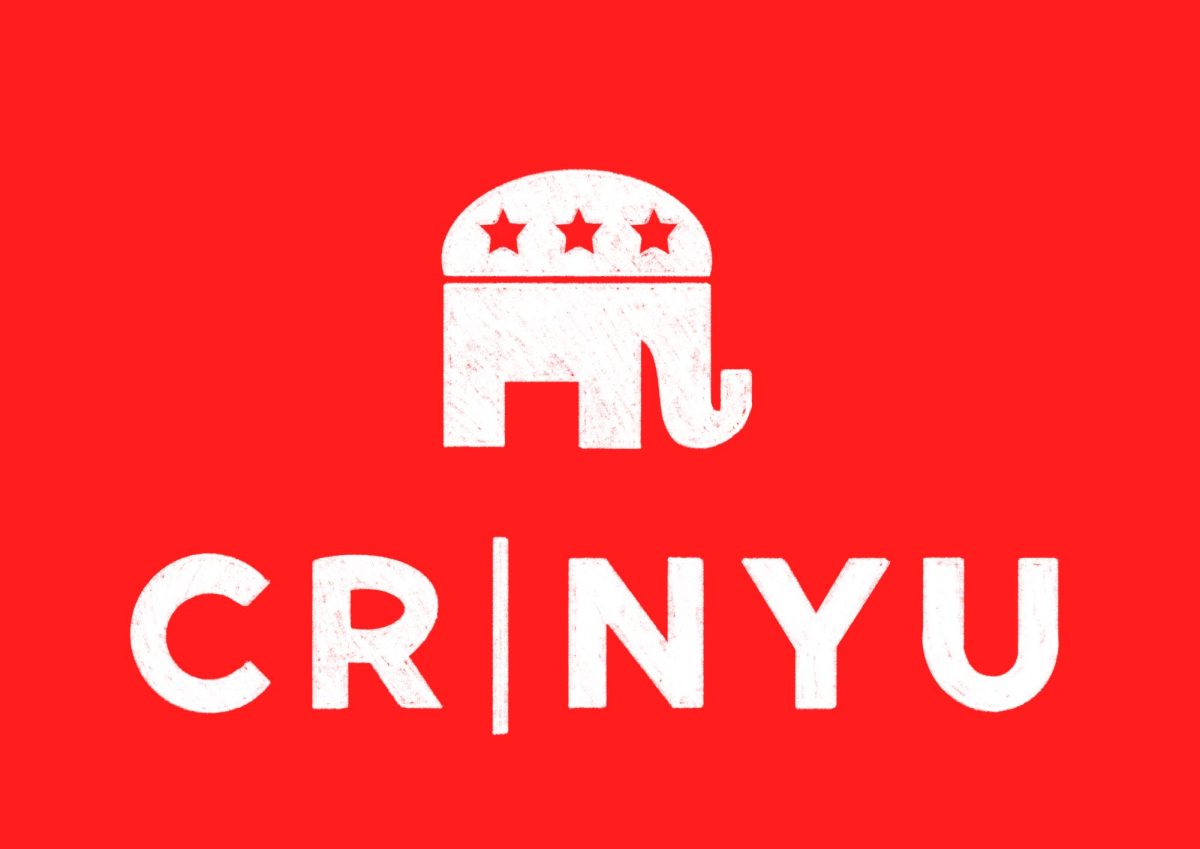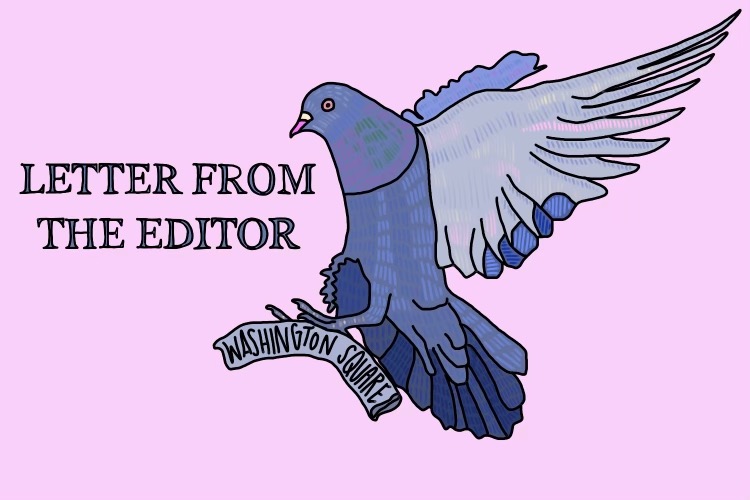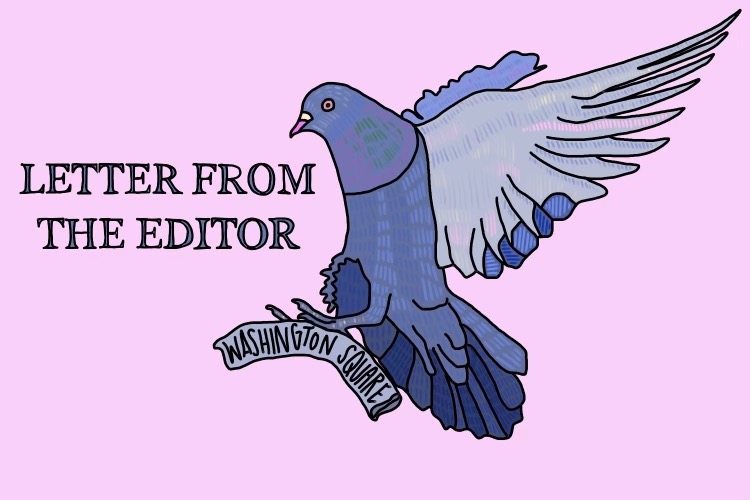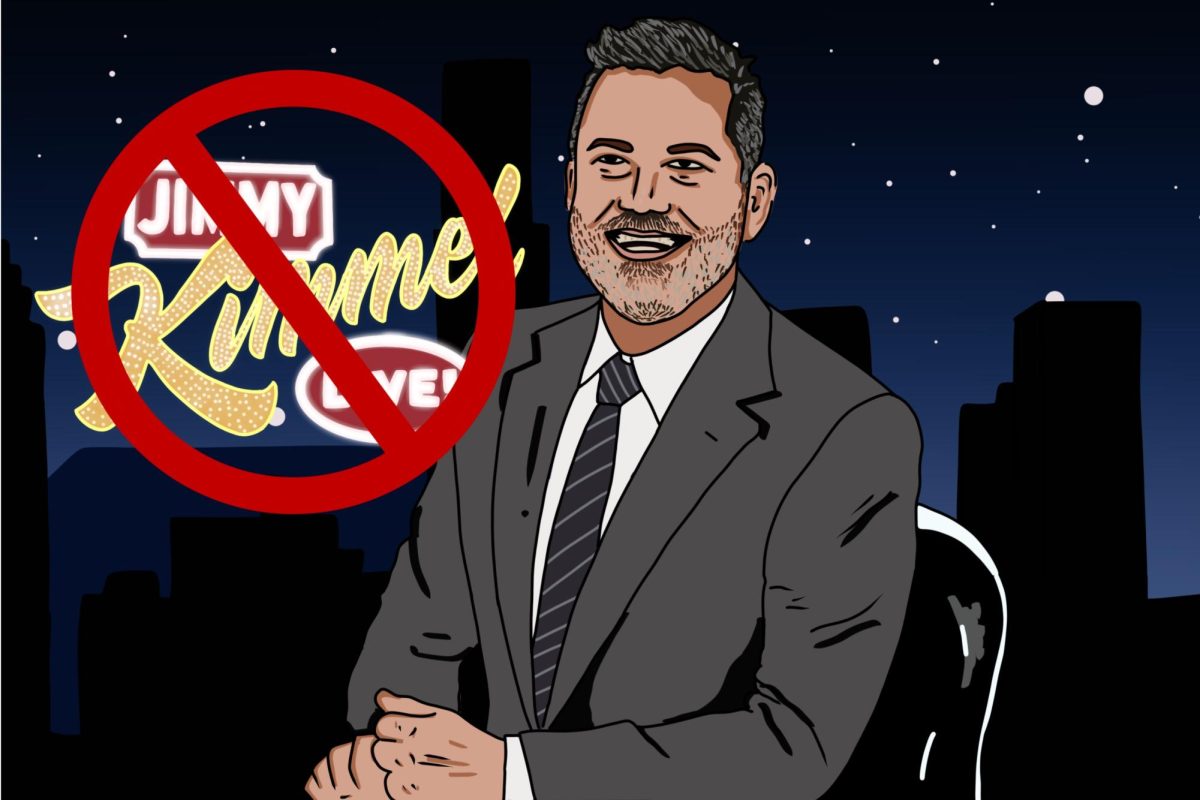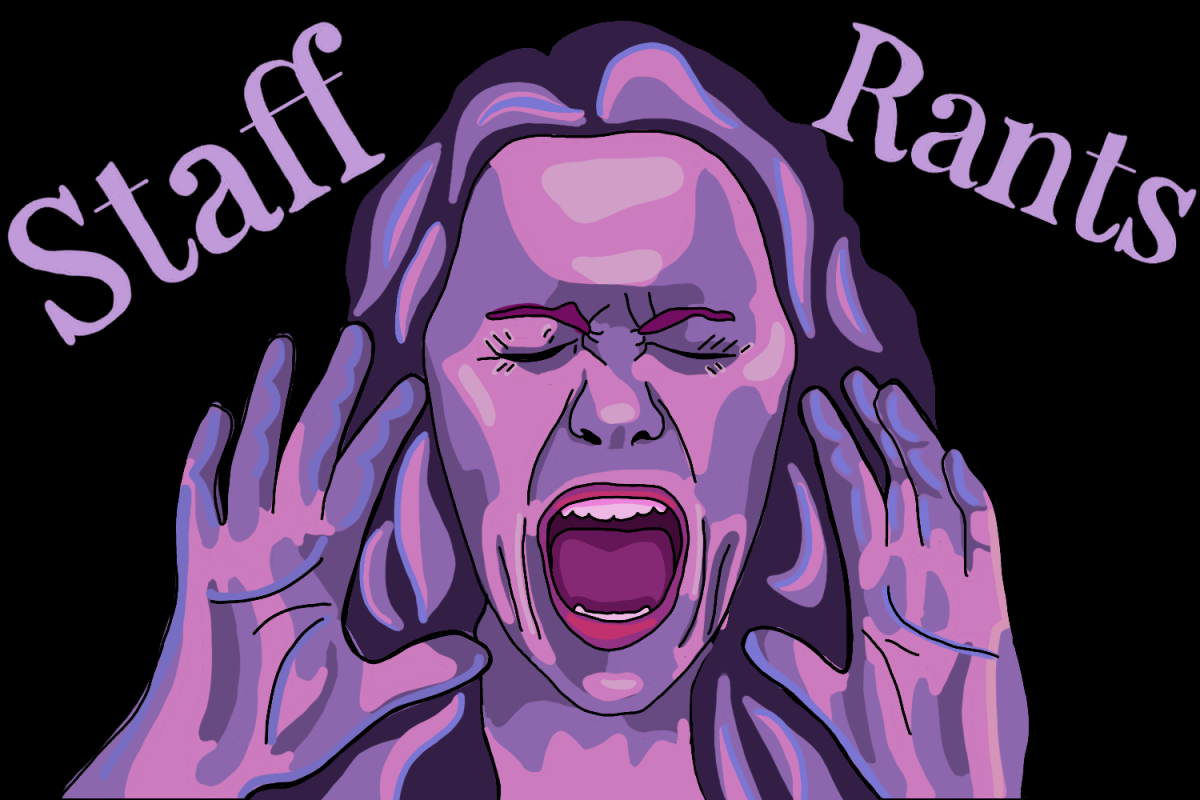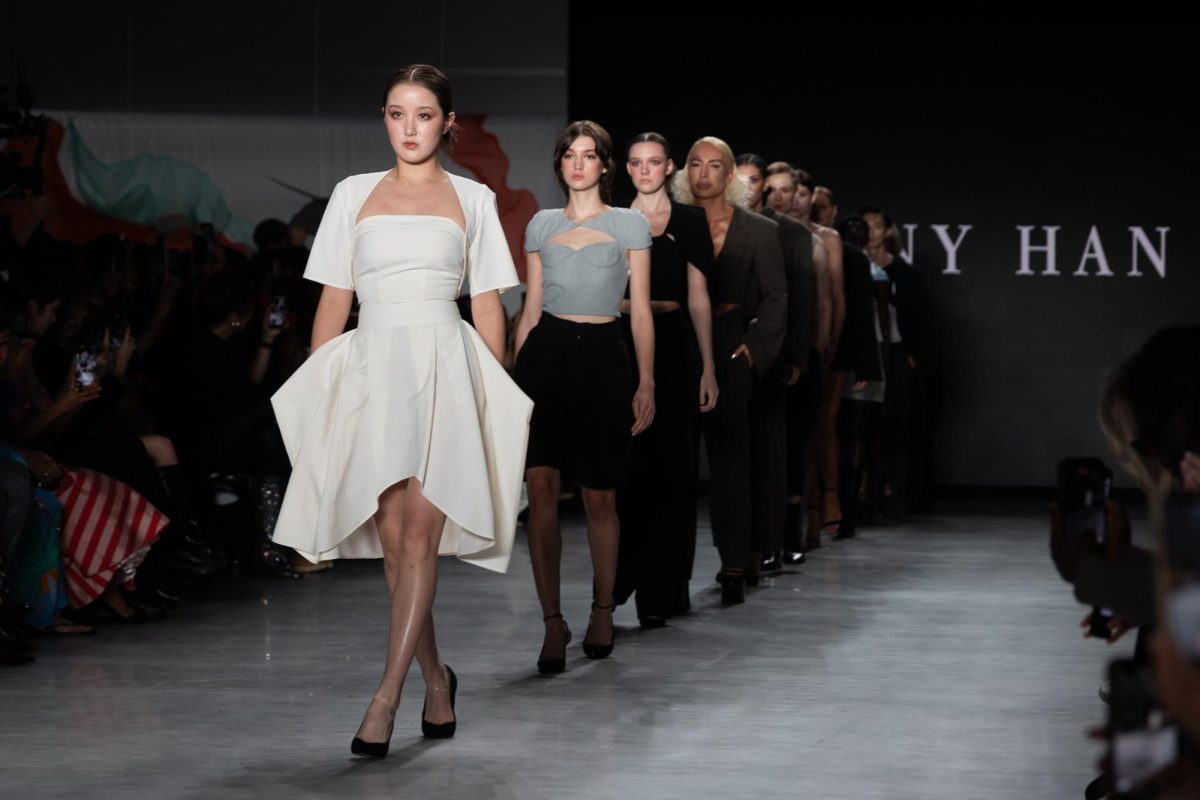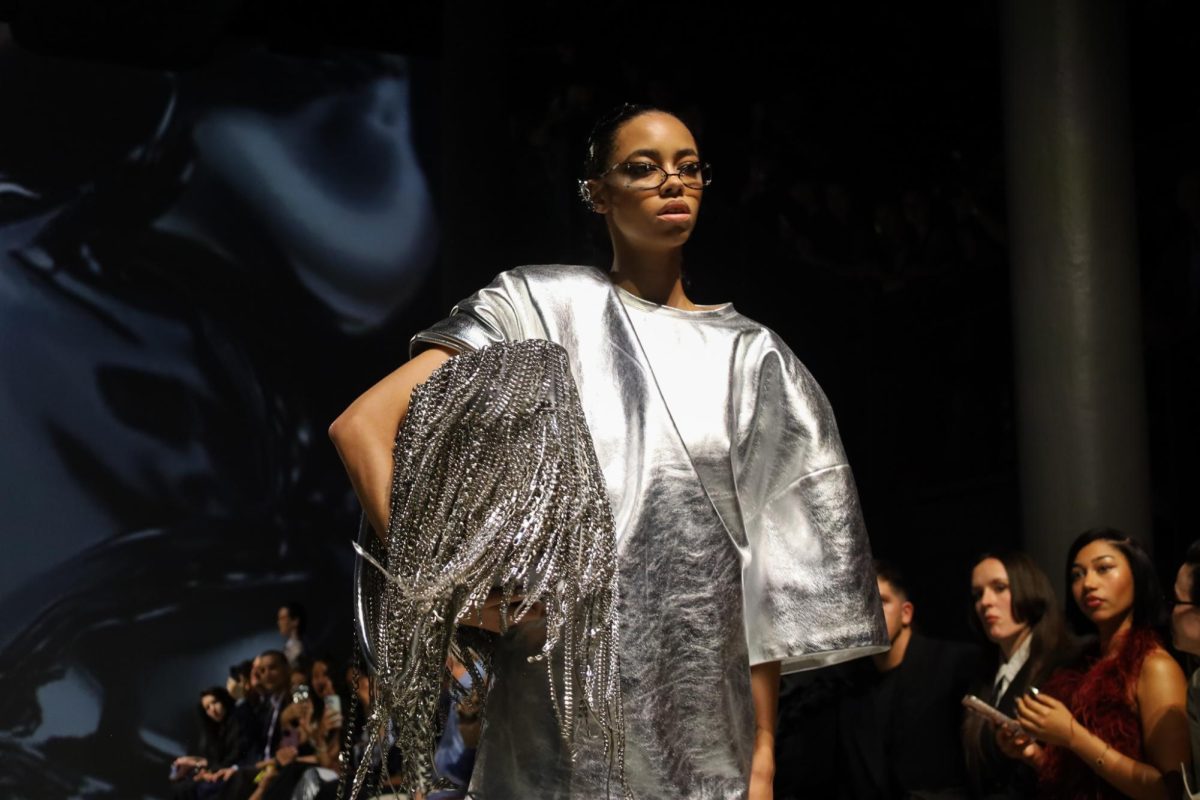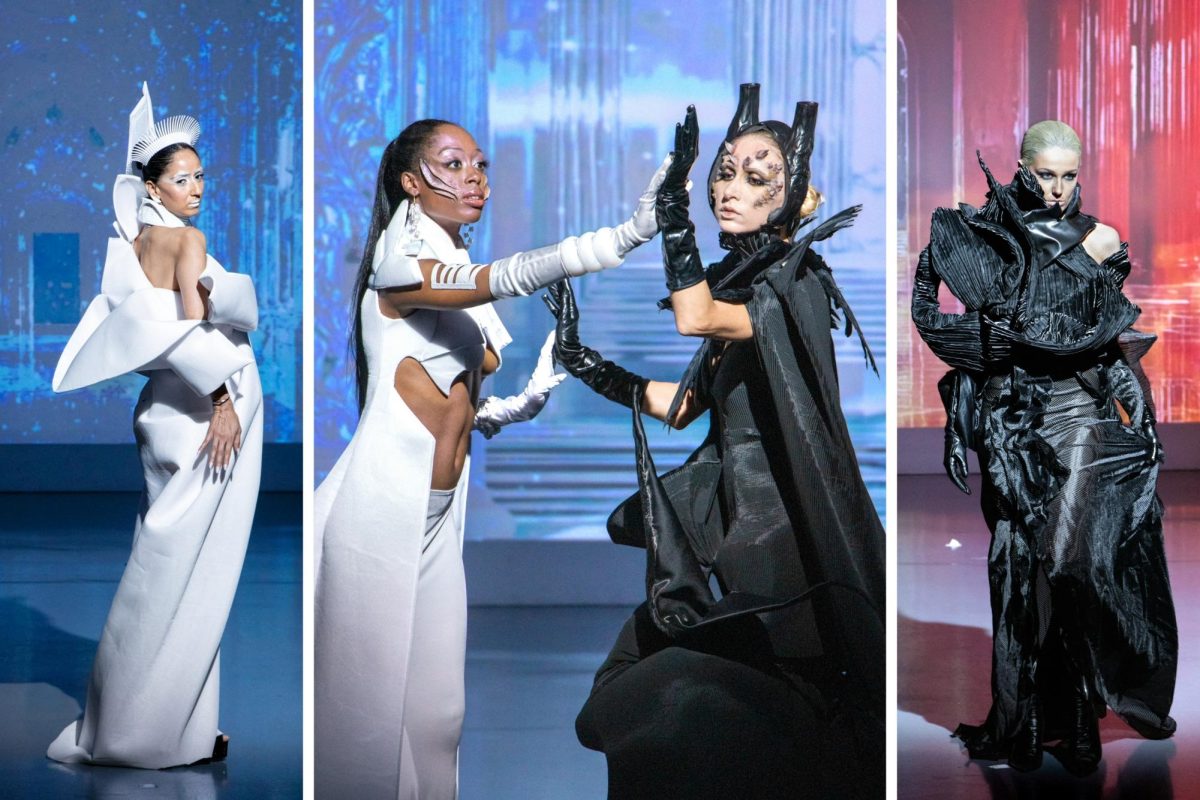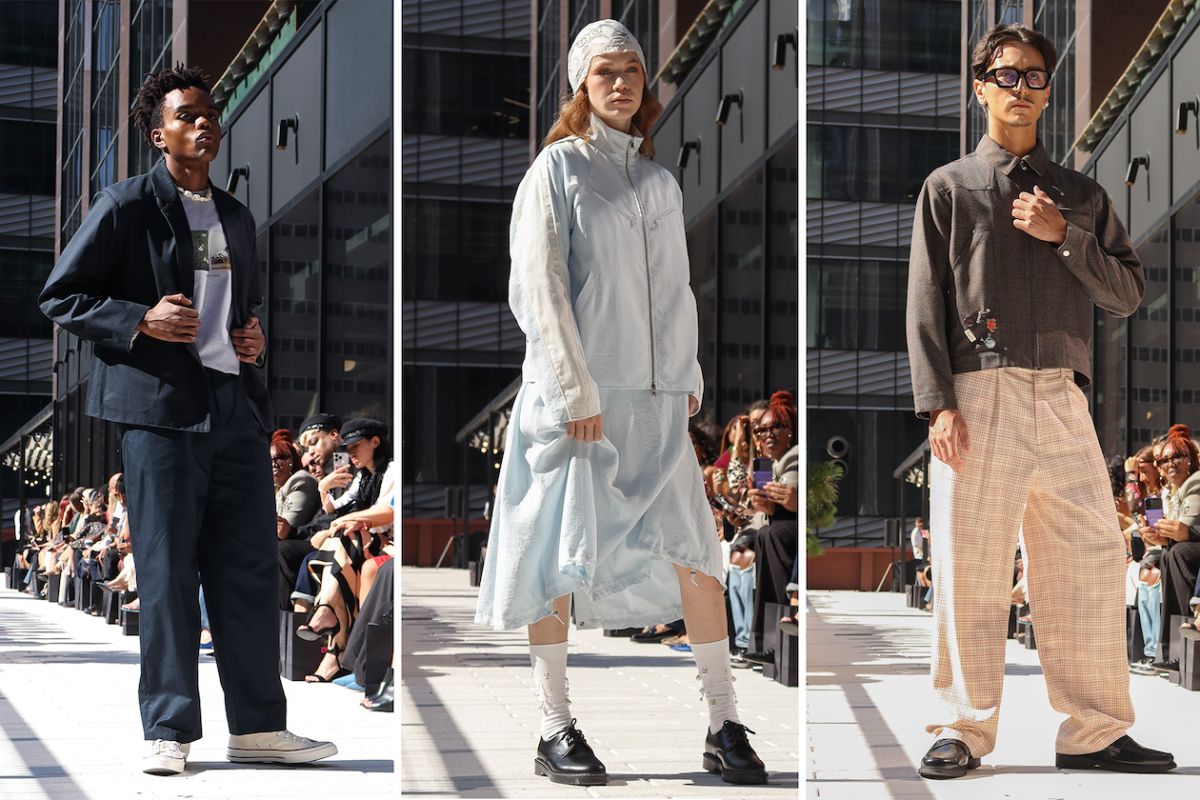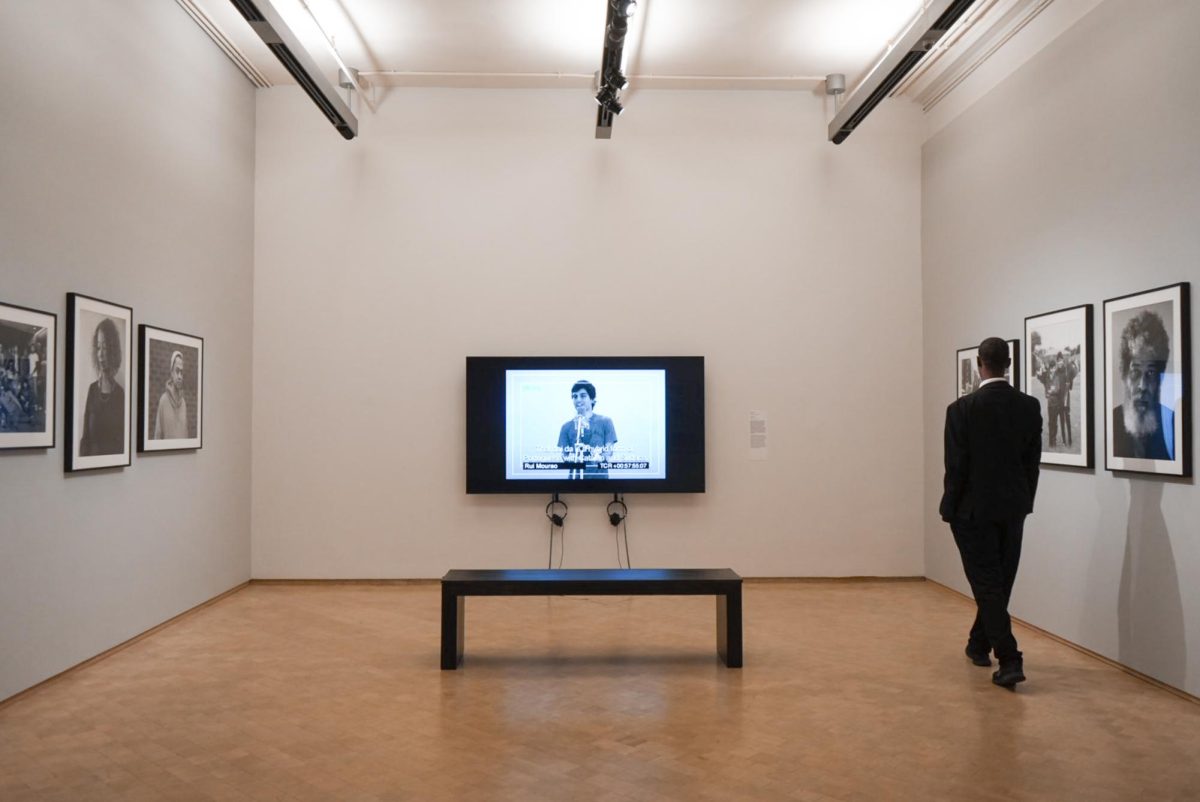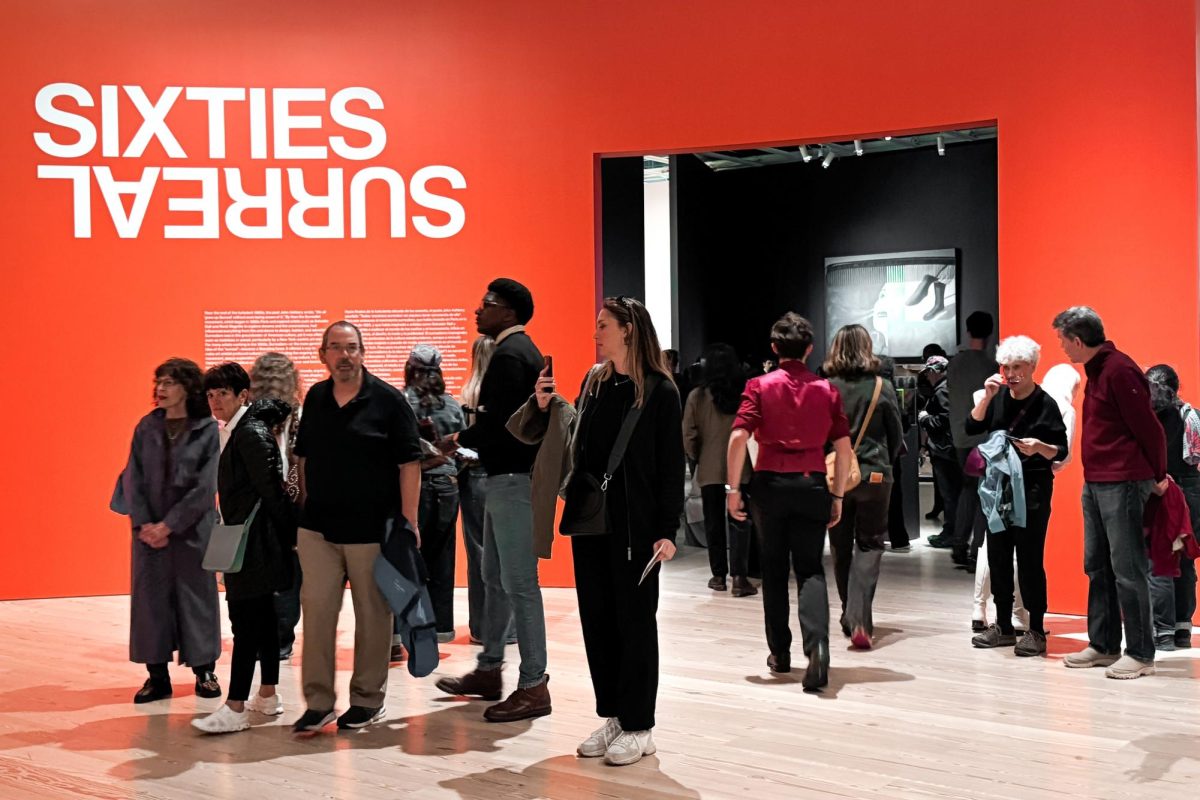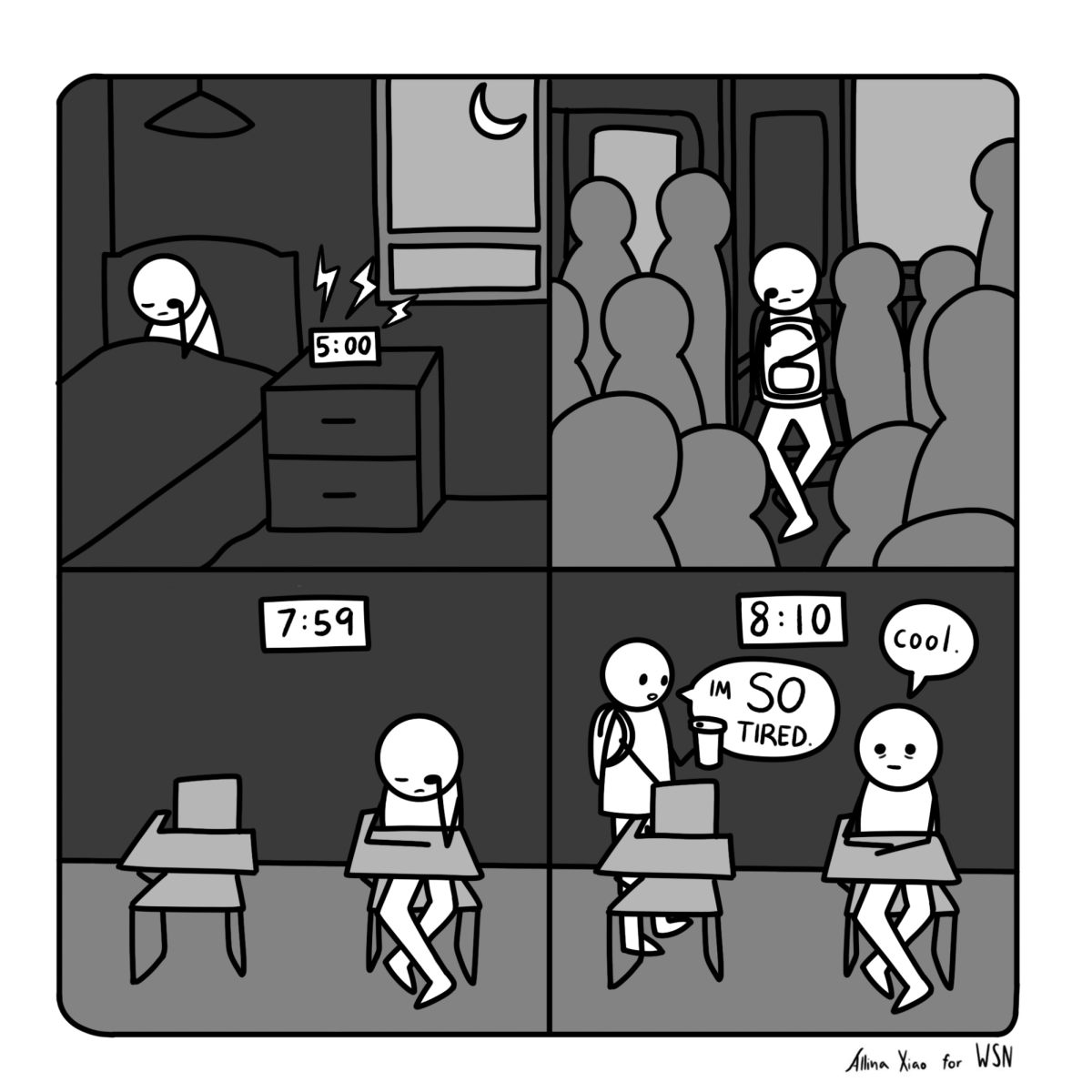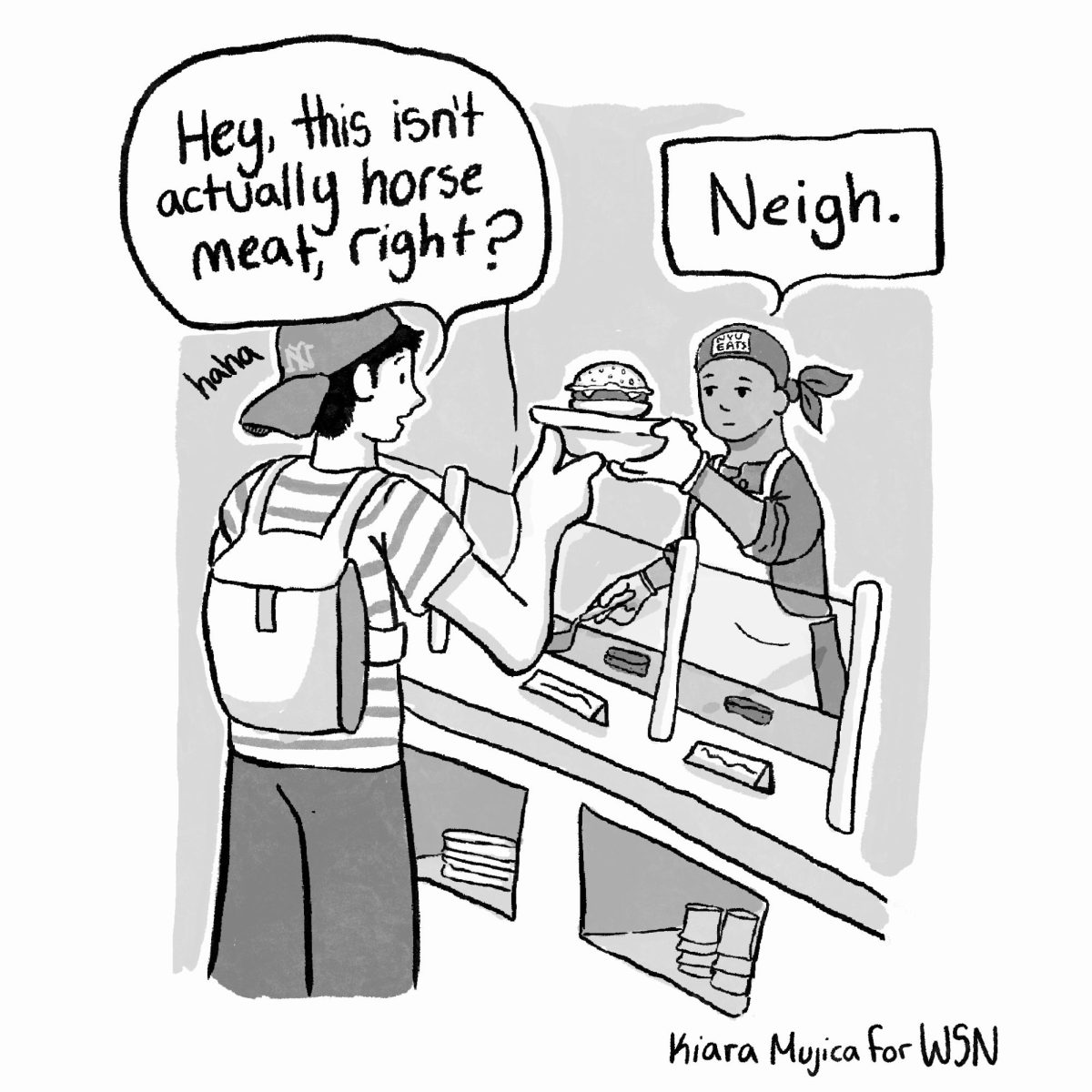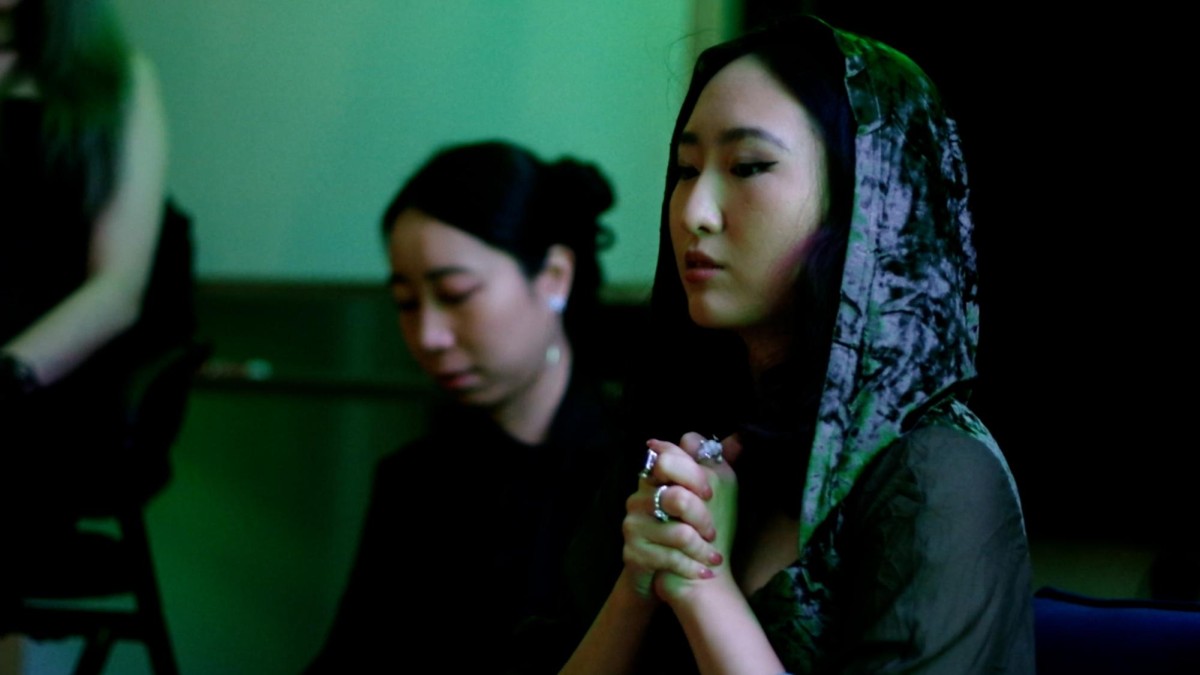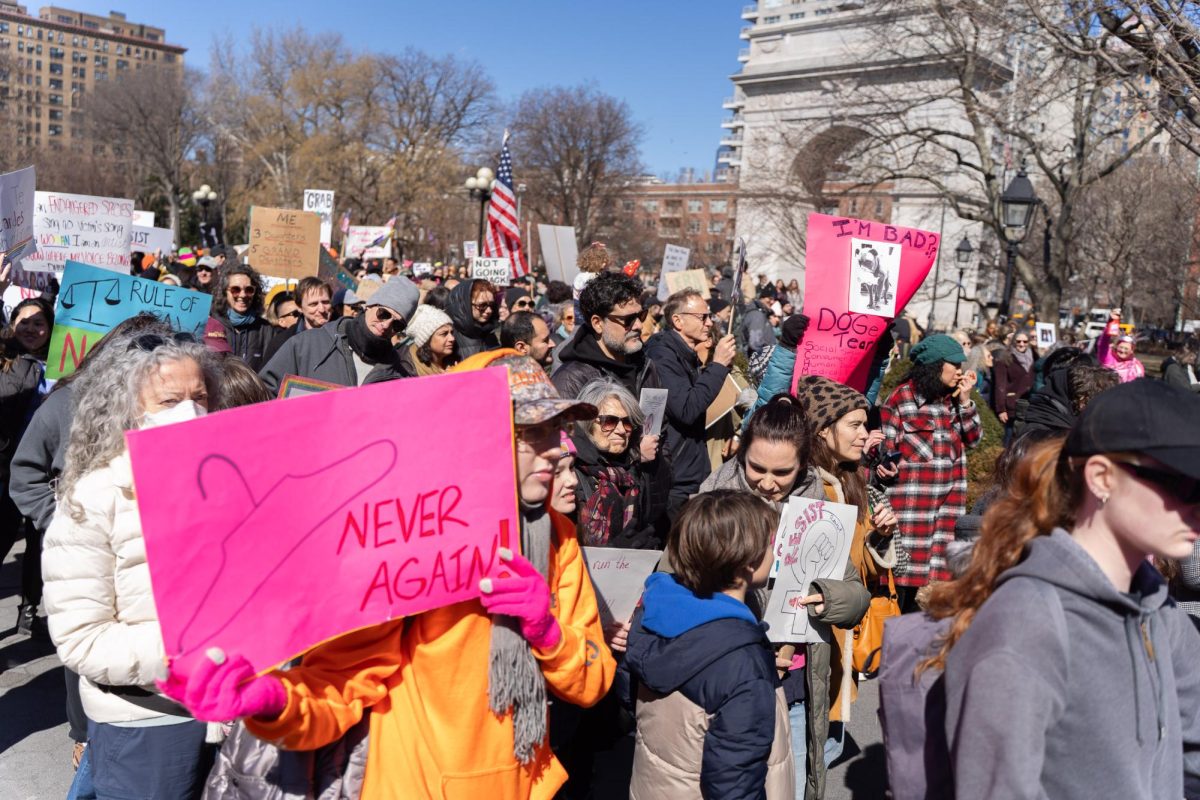During President Donald Trump’s 2025 address to Congress, House Democrats reluctantly filed into the chamber of representatives, some holding black paddles reading “False,” “Musk steals” and “Save Medicaid.” However, one stark pattern emerged across the 94 democratic congresswomen: pink pantsuits of differing hues. The emphasis on pink apparel — which once could have been a meaningful, a perhaps radical, statement of unity and protest — now seems stale and counterproductive.
In 2025, 125 out of 435 congresspeople are women, a record number for Congress. But the contrast of pink against navy and black suits can only do so much for women’s rights. As another Women’s History Month passes, feminism seems to have become a vehicle for performance rather than change. Instead of pink suits, what about resources for reproductive health care? Equal wages for women of color? Access to desperately needed child care?
It’s interesting to think of feminism as a movement defined in waves. It gives the impression that as the movement progresses, it must constantly be revised to explore different aspects of the cause or to amplify new voices. Feminism, known specifically as “a movement that advocates for equal rights and opportunities for women in all aspects of society,” was officially recognized in the United States during the 1848 Seneca Falls Convention, led by Elizabeth Cady Stanton and Lucretia Mott. It was anchored by a radical notion — that women should have the right to vote. Since this landmark event, the idea that women should fight for their future and express their civil liberties marked a turning point in American history that pulled back the blanket on one the country’s fiercest group: angry women.
During the second wave, feminists in the 1960s began to reevaluate their professional roles, calling for a shift away from the kitchen and home and into the spheres they so desired. With this came the free love movement, which inspired women to liberate themselves sexually and socially through control of their bodies, the introduction of contraception and dressing for one’s own taste, such as protesting for the right to wear miniskirts. In the third wave, feminists further re-evaluated the movement’s scope, calling for a deeper, intersectional and more inclusive coalition. Activists like Angela Davis and Audre Lorde advocated for a feminist philosophy that included Black women to amplify the overshadowed voices of women of color, redefining the movement in a moment of political unrest. In the current wave, movements like #MeToo have pushed women to speak out against gendered harassment, especially in the public sphere. Social media has been a forum for women to share their narratives and gives a spotlight to voices that often go overlooked.
But at the same time, conservatism is a growing force. While women have been organizing for centuries to pursue and secure their own autonomy, it has never been as fragile as it is now. Strict, polarizing ideologies presented by conservative think tanks like the Heritage Foundation advocate for women to prioritize marriage and raising children. On social media, conservative ideology has taken root through the proliferation of the “tradwife” trend, where influencers glamourize orienting their entire lives around homemaking, while manosphere influencers reinforce extremist, misogynistic ideals and worldviews in young men’s minds.
In the former waves of mainstream feminism, there was something crucial to fight for, such as the right to vote and access to reproductive care. Now, the struggle for gender equality is muddled, whether that be by the rise of the alpha-male, the great migration of white women back to the domestic homefront or the death of diversity, equity and inclusion programs. There has to be something worth fighting for and rallying around: but what? Where does feminism go from here? As each new wave of the cause progresses, it becomes more layered and complicated than merely belonging to a minority group.
While almost 500,000 people took to Washington, D.C. to participate in the Women’s March on January 21, 2017, it seems this initiative of protest and “good trouble” — a term coined by late Congressman John Lewis — has faded. In seven years, the movement has lost its impact and has failed to combat the efforts made by the retaliatory conservative movement.
While feminism has made strides in terms of equal rights, mainstream discourse on women’s issues often centers issues faced by white women, sidelining the struggles that women of color, LGBTQ+ women and impoverished women deal with. While figures like Taylor Swift have become symbolic of mainstream feminism, it’s the voices of everyday women — usually the most radical in practice — that go unheard and need to be centered. Though intersectionality is a buzz word used a lot in this wave, efforts towards inclusivity have also become performative. For example, constantly spotlighting voices like Michelle Obama and Oprah, who do not experience the same struggles as everyday women, diverts attention from those who actually face persistent inequality and leaves those struggling the most disillusioned. True intersectionality should be measured by its ability to address the disparities in treatment and systemic challenges faced by those with intersectional identities, not by celebrating the individual successes of a few women who managed to thrive in a patriarchal framework. There needs to be a renewed commitment to solidarity, collective care and the dismantling of oppressive systems.
The next wave of feminism cannot afford to be merely symbolic. Feminists — especially representatives and congresswomen who consider themselves feminists — cannot roll over and play dead, hiding behind shades of pink in the wake of an incredible rollback on civil liberties. Compassion, coalition and care have never been more relevant.
WSN’s Opinion section strives to publish ideas worth discussing. The views presented in the Opinion section are solely the views of the writer.
Contact Maggie Turner at [email protected].

